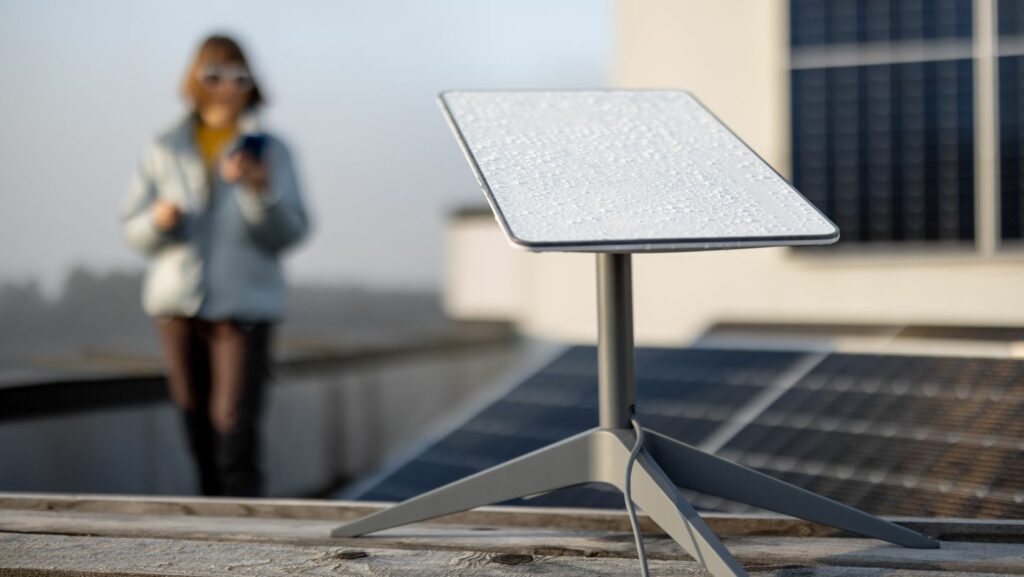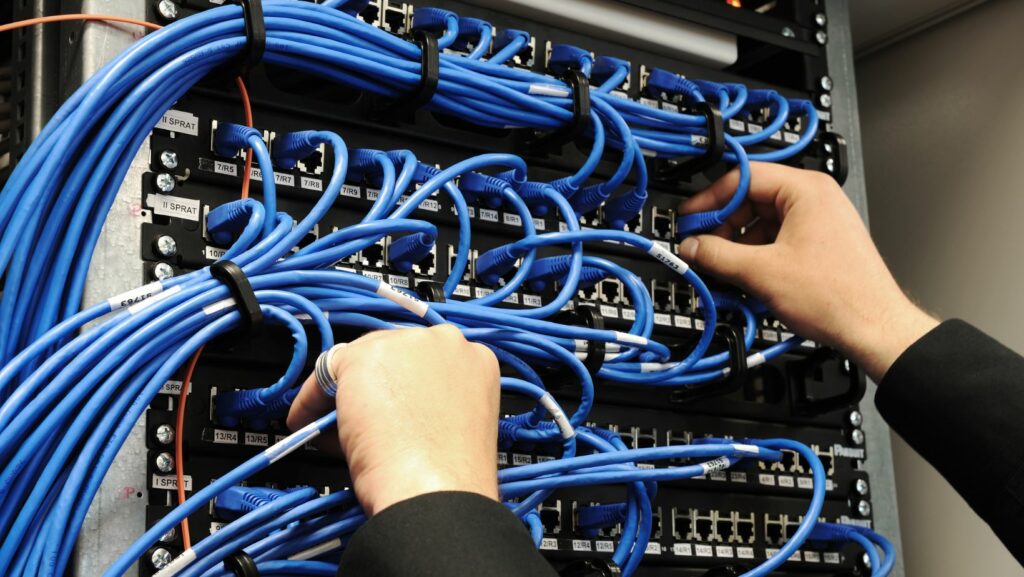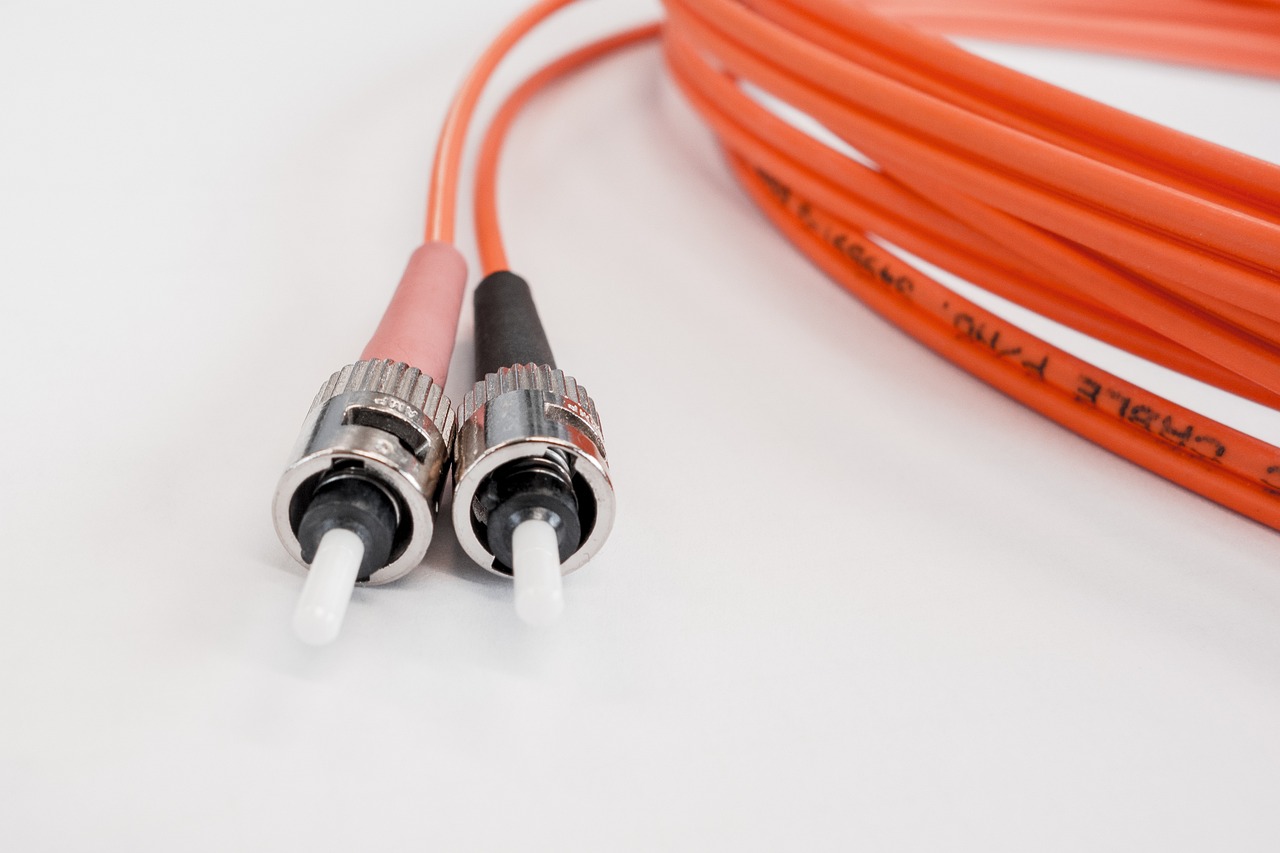Compared to other forms of the internet, fiber optic is known to be the fastest and most reliable, making it the best option if available in your area. However, a new kid in the block, Starlink satellite internet, has been compared to fiber, but are the claims true? We’ll discuss that in this article.
With many options for internet services today, it can be challenging to find and settle for one that suits you best. Availability is also a factor to consider, with Starlink internet being a game changer for people living in rural and remote areas.
However, how reliable, fast, and available is Starlink internet in comparison to fiber internet? Keep reading to find out.
Starlink Vs Fiber (Quick Comparison)
| Fiber | Starlink | |
| Founder | Robert Maurer, Donald Keck, and Peter Schultz | Elon Musk and SpaceX |
| Year Founded | 1975 | 2015 |
| Technology | Glass Fiber Cables | Satellite |
| Latency | 15 ms to 20 ms | 40 ms to 80 ms |
| Download Speed | Up to 1 Gbps | Business: 150Mbps- 500MbpsResidential: 50 Mbps- 150 MbpsRV: 5Mbps- 50Mbps |
| Upload Speed | Up to 1 Gbps | 10 Mbps to 20 Mbps |
| Coverage | In select towns and cities | Worldwide |
| Portability | No | Yes |
| Contract | Yes | No |
| Home Value | Raises up to 10% | No change |
| Monthly Subscription | $50 to $200 | Business: $500RV: $135Residential: $110 |
| Installation and Equipment | $500 to $1000 | Business: $2500Residential: $600Extra charges for professional installation |
| Installation Challenges | Dig trench | Requires a clear sky view |
1. Speed
Residential buildings connected to Starlink internet enjoy speeds of 50 Mbps to 150 Mbps, while businesses get 150 Mbps to 500 Mbps. On the other lowest end, the speeds in RVs are 5 Mbps to 50 Mbps, with rates lowering to even 4 Mbps to 5 Mbps during peak hours (5 pm- 10 pm) or close to cities. In addition, download speeds fluctuate while upload speeds range from 8 Mbps to 20 Mbps.
On the other hand, fiber offers the best speeds in the market, going up to 1 Gbps. Moreover, the upload and download speeds are similar: for instance, a 100 Mbps fiber network package gives you upload speeds of 100 Mbps.
2. Latency
Fiber internet offers the lowest latency, ranging from 15 to 20 ms. Contrastingly, the latency in Starlink internet is 35 ms to 50 ms, but it can go up to 80 ms depending on location, obstruction, and weather. Additionally, many users have reported that it reaches over 100 ms sometimes.
3. Coverage
You can access Starlink internet anywhere, but the quality varies from one area to another. This type of internet is best for people in rural or less densely populated areas. Also, SpaceX claims that its primary competitors are companies offering satellite internet, not fiber companies like Google and AT&T fiber or cable providers.
Fiber internet is only available in towns and cities. While Starlink offered impressive speeds when it was first released, they have since lowered as more people sign up for the service, so pick fiber internet if you can instead of Starlink.
However, you are better off with Starlink if you live in a rural area. Fiber internet is available in 43% of the entire United States, while Starlink is present in 43 states in the United States.

4. Portability
Starlink internet is portable; hence you can move your Starlink anywhere, and it will continue working. However, you must include a portability add-on to your residential package or go for the RV package.
Consequently, while fibers offer city dwellers WiFi hotspot services, it is limited to specific cities, and the speeds are not that great.
5. Impact on Home Value
Depending on your location, your home value increases by up to 10 percent if you lay down a fiber optic cable. On the other hand, Starlink does not affect your home value. In addition, changing ownership of fiber internet from one person to another is pretty straightforward, while Starlink’s process is much more complex.
You must talk to Starlink services customer care to change ownership. If the previous homeowner had canceled their subscription, reactivating Starlink is also challenging in areas with too many users.
6. Ease of Installation
SpaceX does not offer assistance to install Starlink, so you must find someone to help you set up the Starlink antenna if you do not have the necessary skills. Furthermore, you must find a clear space without obstructions. You may need to cut down some trees if your area has many trees to get reliable internet, which might add to the installation costs.
There are no major challenges when installing fiber, but your service provider has to dig trenches to bury the cables. The bottom line is installing Satellite internet is more challenging than fiber, especially since fiber optic providers offer installation assistance.
7. Weather Interference
Weather doesn’t affect fiber, so your internet will work seamlessly regardless of storms, snow, or rain. In contrast, although Starlink internet works well during light fog or rain, moisture degrades the quality of satellite signal and, in turn, deteriorates the internet speed. Therefore, Starlink is affected by heavy snow and rain, and thunderstorms.
8. Contract
You do not need a contract to subscribe to Starlink; you own the purchased hardware and can cancel your subscription anytime without a monetary penalty. Most fiber providers require a 2 or 4-year contract. You must also return the provided equipment and incur cancellation fees if you cancel your subscription early.
9. Cost
The hardware needed for Starlink costs $600 for residential spaces, while businesses pay $2500. SpaceX will ship the equipment, but you must cater to the installation yourself. On the other hand, installing fiber may take less than $500 or go up to $1600, depending on where you live.
Fiber’s monthly subscription is $50 to $200, while Starlink costs $500 for businesses, $135 for RVs, and $110 for residential houses monthly.

Final Remarks
Generally, fiber internet is better since it is faster and has lower latency than Starlink. In addition, it is not affected by weather and is less challenging to install. However, consider getting Starlink if you live in a rural area. While improvements are still being made on Starlink, fiber remains superior and the better option.

